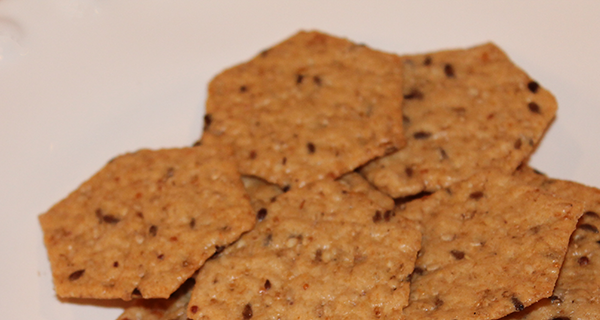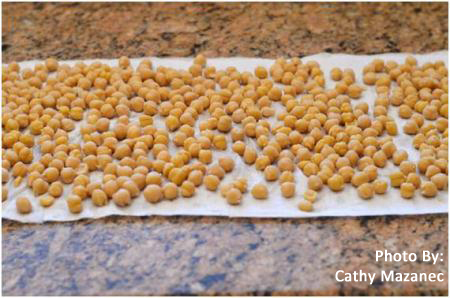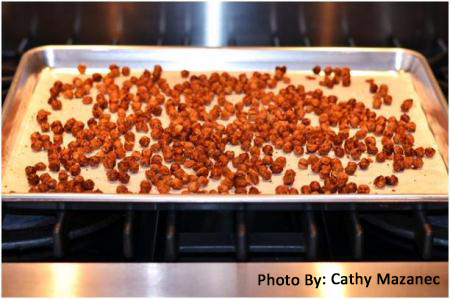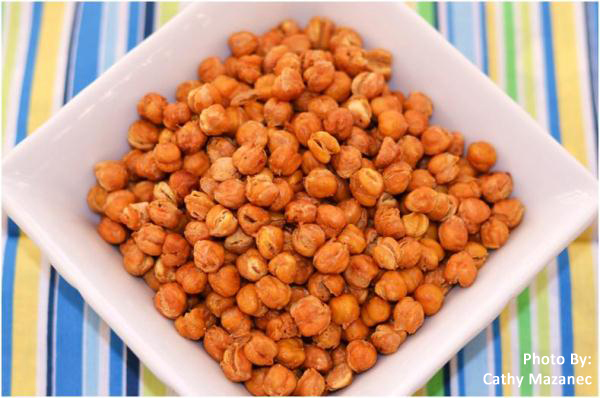Today is Diabetes Alert Day. The purpose of Diabetes Alert Day is to bring attention to the rising incidence of diabetes in the US and to alert folks to take action NOW to prevent or delay the onset of Type 2 diabetes.
Preventing diabetes equates to blood glucose management which is synonymous with Energy Management (which is a lot more fun to talk about). To manage energy, we must balance energy input with energy output. As Americans, we often eat in a way that provides us with poor quality fuel but at the same time expecting maximum output from our bodies. This is a very poor math equation which usually leaves us feeling drained with blood glucose levels that are inefficient and in some cases, dangerously high.
There is an easy eating strategy that produces excellent glucose and energy levels whether you’re trying to manage diabetes or simply trying to get more zip in your day and pep in your step.
The concept is called "Anchoring" or "No Naked Carbs." Choosing high carbohydrate foods for breakfast and snacks is a common practice in the US. When you eat carbs alone, they digest quickly resulting in a quick blood glucose spike followed by a quick glucose or energy crash. This is a very energy robbing way to eat and can cause unhealthy blood glucose levels in people with pre-diabetes and diabetes.
No Naked Carbs
Unless you are about to perform a workout or you’re fueling during a 90 minute (or longer) endurance activity, you should NOT eat carbohydrates alone. Instead, "Anchor" your carbohydrates with a lean protein or a healthy fat. Proteins and fats take three to four hours to digest so they mix with the carbohydrates you eat causing them to digest more slowly. This results in a slower, more sustained release of glucose into the blood stream after eating which gives you more energy and longer satiety. This also gives a person with diabetes or glucose intolerance a much healthier post-meal glucose reading.
The next time you choose a snack, make it a 1:1 ratio of Carbohydrate to Protein/Fat.
Example:
Instead of This: (3 carbs)
1 granola bar (1 carb/fuel) and
2 fig bars (2 carbs/fuel)
Choose This: (1 carb and 1 anchor)
5-7 whole grain nut/seed based crackers (1 carb/fuel) and
1 Tbsp natural peanut, almond or cashew butter (1 fat/anchor)
At Breakfast, use a 2:2 ratio of Carbs to Protein/Fat.
Example:
Instead of This: (6 carbs)
1 bagel (4 carbs/fuel) and 8 ounces of juice (2 carbs/fuel)
Choose This: (2 carbs and 2 anchors)
- ½ cup cooked oatmeal (unsweetened) (1 carb/fuel)
- ¾ cup berries (1 carb/fuel)
- 1 Tbsp almonds (1 fat/anchor)
- 1 boiled egg (1 protein/anchor)
For a list of anchors and carbs/fuel and examples of "anchored" breakfast and snacks options, click here.
Roasted Garbanzo Beans
Makes 7 (1/4 cup) servings
PRINT RECIPE
Often overlooked, beans make a perfect anchored snack because they contain carbohydrates (fuel), protein (anchor) and fiber (anchor). They come naturally "anchored" so you don’t have to bother to combine them with anything else.
Here is an easy recipe for roasted garbanzo beans that makes them super delicious and super portable. You can make a large batch and store them in a zip top bag to enjoy anytime.
Ingredients
2 (19-oz) oz cans Chickpeas, rinsed and drained
1 Tbsp extra virgin olive oil
½ tsp sea salt
¼ tsp garlic powder
¼ tsp onion powder
¼ tsp black pepper
Directions
- Spread rinsed and drained beans on paper towels and let them dry until free of water. (May take 1-2 hours)
- Then place beans in a gallon-sized zip top bag. Pour olive oil into bag. Seal and toss beans until coated.
- Layer beans in a single layer on a jelly roll-type baking sheet lined with parchment paper. (If you don’t have parchment paper, spray pan lightly with non-stick cooking spray). Allow plenty of space between beans.
- Sprinkle with seasonings.
- Roast beans in pre-heated 400° oven for 50-60 minutes rotating pan every 15 minutes.
- Serve warm or store in zip top bag and enjoy for days.
Nutrition Information per Serving: Cal: 115, Pro: 6 gm, Fiber: 5 gm, Tot Fat: 3.5 gm, Sat. Fat: 0 gm, Trans fat: 0 gm, Chol: 0 mg, Sod: 250 mg
Cook’s Notes:
- The longer you roast the beans, the crunchier they get. For crunchy outside, chewy inside, roast for about 40 minutes. For crunchy all the way through, roast for 50-60 minutes.
- It may take a few batches before you find your desired texture.
- You can vary the flavor by altering the seasonings. Some other flavor combinations to use instead of the onion and garlic powders include:
- Cinnamon and sugar
- Cumin and chili powder
- Rosemary and dill
- Curry powder









4 Comments
Pingback: Eating Healthy on a Road Trip - SAS Life
Pingback: The Truth About Taters - SAS Life
Love the recipe, but why use a plastic bag for oiling the chickpeas? I would use a bowl instead and mix with a spoon. Otherwise, I have a very oily difficult to clean plastic bag on my hands. Most people wouldn't bother to try to wash it out and would just throw it in the trash. That's not very environmentally friendly.
Good tip, Martha. Thanks for the reminder to be friendly to the environment!